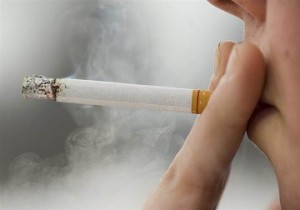Osteoporosis is a common problem that causes bones to become abnormally thin, weakened, and easily fractured. Fortunately, preventative treatments are available that can help to maintain or increase bone density. For those already affected by osteoporosis, prompt diagnosis of bone loss and assessment of fracture risk are essential because therapies are available that can slow further loss of bone or increase bone density.
Bone is a living tissue, comprised mainly of calcium and protein. Healthy bone is always being remodeled; that is, small amounts are being absorbed into the body and small amounts are being replaced. If more bone calcium is absorbed than is replaced, the density or the mass of the bone is reduced. The bone becomes progressively weaker, increasing the risk that it may break.
Although bone loss will occur in all persons as they age, the rate of progression and the effects bone loss has on the body can be modified with proper early diagnosis and treatment. The professionals at the Center for Diagnostic Imaging and the Comprehensive Breast Care Centers are expanding their solutions to address the continuum of skeletal health care, by offering more options in skeletal health imaging. By using MRI scan, CTA scan, and PET CT scans, the Miami Center for Diagnostic Imaging is raising its standards in osteoporosis assessment.
There are also certain at-home measures that can be taken to prevent osteoporosis. No one is ever too young or too old to begin improving bone health. There are three factors that are essential for keeping bones healthy throughout life: adequate amounts of calcium, adequate amounts of vitamin D, and regular exercise.
Men and women between the ages of 18 and 50 need around one thousand milligrams of calcium per day. Men and women over the age of 50 need around 1,200 milligrams. Low-fat and skim milk, non-fat yogurt, and reduced-fat cheeses are healthy sources of the calcium needed to build strong bones. Fish products, canned sardines, and salmon, eaten with their bones, are also calcium-rich. Soy products help to maintain bone density. And leafy green vegetables, like kale, bok choy, and broccoli, not only have calcium, but also have the potassium and vitamin K needed to block calcium loss from bones.
Don’t overdo protein. High protein intake can raise the bodily excretion of calcium. Around 50 grams of protein should be the daily limit for women; and around 63 grams for men. Also, try to limit caffeine intake to the equivalent of no more than three cups of coffee a day, since caffeine also causes the body to excrete calcium more readily.
Vitamin D is a necessary ingredient the body uses to absorb calcium. Vitamin D is most easily acquired through sunlight, but certain food products, like fortified milk products; have the vitamin D needed for proper calcium absorption. Fish with lots of oils in them, such as mackerel, are also rich in vitamin D. For those who cannot get enough calcium or vitamin D in the daily diet, supplements are a good idea.
Exercise is important because it can help build strong bones and slow down bone loss. Weight-bearing exercises, such as walking, jogging, stair climbing, dancing, or weight lifting, keep bones healthy by working the muscles and bones against gravity.
The bones and joints provide stability and mobility, the freedom to move, and the strength to perform. Just like the rest of the body, they should be taken care of daily. The trained professionals at the Center for Diagnostic Imaging and the Comprehensive Breast Care Centers use the most advanced tools to provide patients with the very best chances of detecting and assessing osteoporosis.






